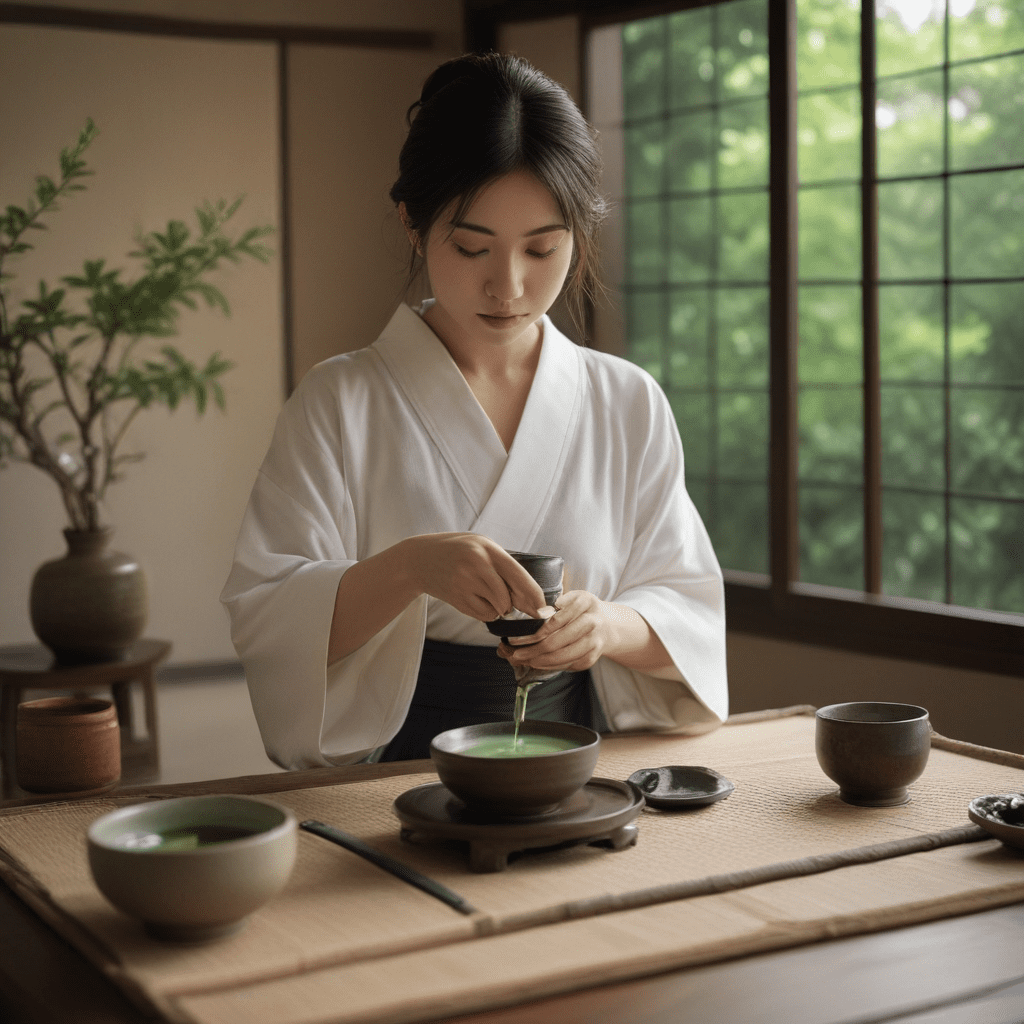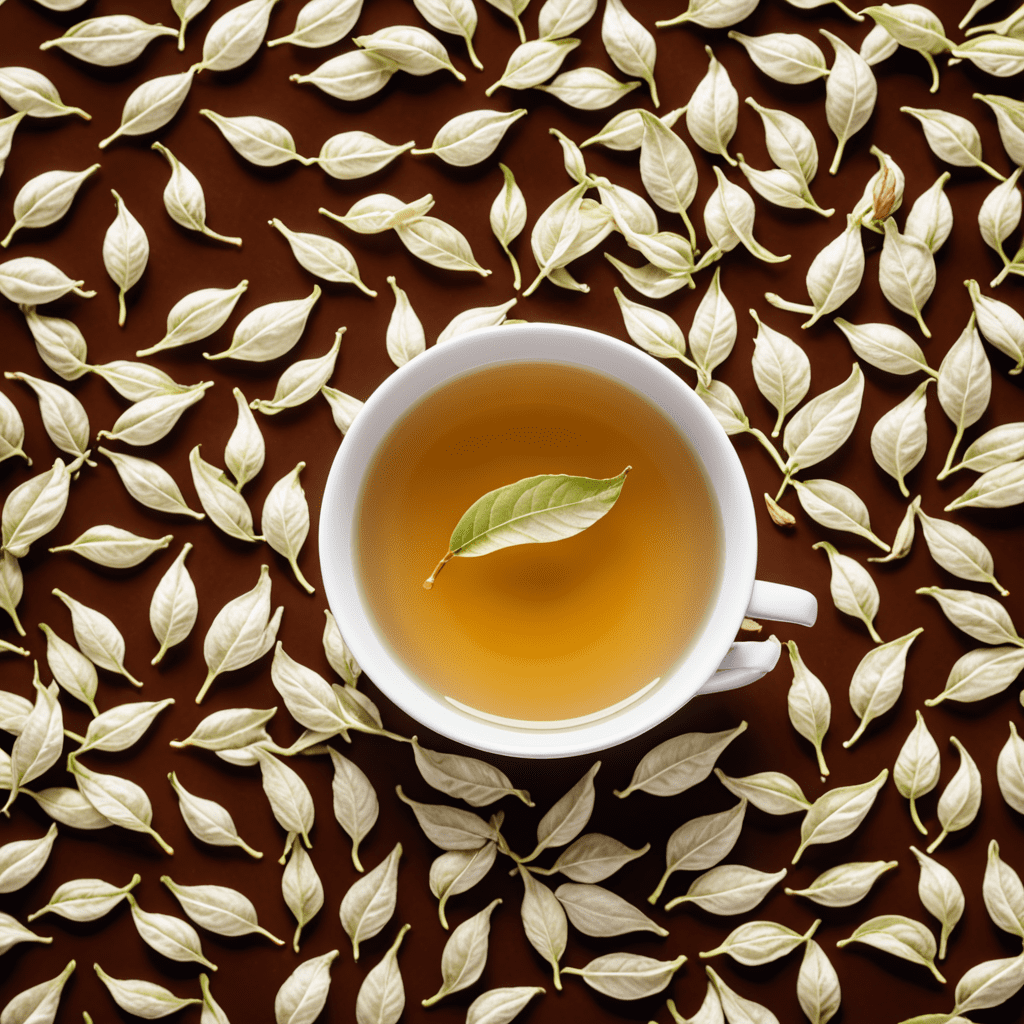Introduction: Unveiling the Essence of the Japanese Tea Ceremony
The Japanese tea ceremony, known as chanoyu or chadō, is an ancient ritual steeped in tradition and imbued with deep cultural significance. It is an immersive experience that transcends the mere consumption of tea; it is an art form that celebrates the beauty of impermanence and fosters a profound connection between participants. This sacred dance involves the preparation, presentation, and consumption of tea within a meticulously designed setting, where every element, from the tea utensils to the tea house itself, has been carefully chosen to enhance the overall experience.
Historical Roots: Exploring the Ancient Origins of the Ritual
The roots of the Japanese tea ceremony can be traced back to the 9th century, when Buddhist monks introduced tea to Japan from China. Initially used as a medicinal beverage, tea gradually gained popularity as a recreational drink among the upper classes. During the 15th century, tea masters like Murata Jukō and Sen no Rikyū refined the tea ceremony into a formalized ritual that emphasized simplicity, harmony, and the appreciation of nature's ephemeral beauty.
Principles of Wabi-Sabi: Embracing the Imperfect and Transient
At the heart of the Japanese tea ceremony lies the concept of wabi-sabi, an aesthetic philosophy that embraces the beauty of imperfection and transience. Wabi refers to a rustic simplicity and朴素, while sabi denotes the patina of time and the acceptance of decay. These principles are reflected in the choice of tea utensils, which are often humble and handcrafted, showcasing the beauty of asymmetry and irregularity.
The Tea House: A Sanctuary for Harmony and Tranquility
The tea house, known as chashitsu, is the designated space where the tea ceremony takes place. It is typically a small, rustic structure nestled amidst a tranquil garden. The tea house is designed to evoke a sense of tranquility and harmony, with natural elements such as wood, stone, and bamboo creating a serene and inviting atmosphere.
The Ritual: A Step-by-Step Guide to the Ceremony's Sacred Dance
The Japanese tea ceremony is a meticulously choreographed ritual that unfolds in a specific sequence. Each step, from the preparation of the tea to the final sip, is imbued with symbolic significance and is performed with utmost care and attention. The participants engage in a graceful dance of movements, guided by the tea master, who ensures that every gesture and interaction contributes to the overall harmony and beauty of the experience.
The Utensils: Tools of Simplicity and Profundity
The utensils used in the Japanese tea ceremony are as varied as they are exquisite. Each piece, from the tea bowl to the tea whisk, carries its own symbolic significance and is chosen to enhance the overall aesthetic experience. The tea bowl, known as chawan, is often made of simple clay and adorned with subtle patterns or imperfections that reflect the principles of wabi-sabi. The tea whisk, or chasen, is made of natural bamboo and is used to froth the tea into a smooth and delicate consistency.
The Guests: Honoring the Importance of Connection and Presence
The guests who participate in the Japanese tea ceremony are not mere observers but rather active participants in the shared experience. They are expected to demonstrate utmost respect for the tea master, the utensils, and the setting. Through their interactions, guests cultivate a deep sense of connection and presence, fostering a spirit of harmony and mutual appreciation.
The Tea Master: A Guide to the Realm of Impermanence
The tea master, or tea sensei, is the guiding force behind the Japanese tea ceremony. They possess a deep understanding of the ritual's principles and traditions and ensure that every aspect of the experience is conducted with precision and reverence. The tea master serves as a guide, leading guests through the intricacies of the ceremony and helping them to appreciate the beauty of impermanence.
Contemporary Significance: The Enduring Relevance of the Tea Ceremony
The Japanese tea ceremony continues to hold significant relevance in contemporary society. It is recognized as an intangible cultural heritage by UNESCO and is practiced by millions of people around the world. The ceremony offers a respite from the fast-paced modern world, encouraging participants to slow down, appreciate the present moment, and cultivate a deeper connection with themselves and others.
Conclusion: The Legacy of Impermanence in the Japanese Tea Ceremony
The Japanese tea ceremony is a living tradition that has been passed down through generations. Its focus on impermanence serves as a reminder of the fleeting nature of life and the importance of cherishing each moment. Through its meticulous ritual and profound aesthetic principles, the tea ceremony offers a transformative experience that cultivates inner peace, harmony, and a deep appreciation for the beauty of the natural world.
FAQs
What are the key principles of the Japanese tea ceremony?
The key principles of the Japanese tea ceremony are wabi-sabi, harmony, respect, purity, and tranquility.
What is the role of the tea master in the ceremony?
The tea master is the guiding force behind the ceremony, ensuring that every aspect of the experience is conducted with precision and reverence. They serve as a guide, leading guests through the intricacies of the ceremony and helping them to appreciate the beauty of impermanence.
What are the benefits of participating in the Japanese tea ceremony?
The benefits of participating in the Japanese tea ceremony include cultivating inner peace, harmony, and a deep appreciation for the beauty of the natural world. It also encourages participants to slow down, appreciate the present moment, and connect with themselves and others.
Can I experience the Japanese tea ceremony as a tourist?
Yes, it is possible to experience the Japanese tea ceremony as a tourist at designated tea houses and cultural centers. However, it is important to be respectful of the ritual's traditions and etiquette.



